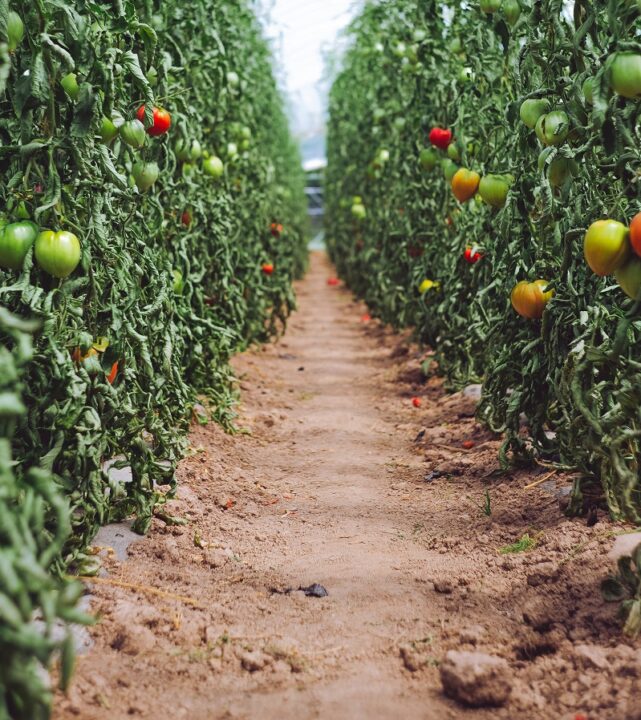How Optimal Soil Health Can Help Reduce Farm Costs
When you invest time to learn new farming methods that improve soil health, you can save money on-farm costs. The long-term benefits can pay off significantly.
Here are 5 critical ways to improve your soil health and reduce farm costs.
1. Get your Soil Tested
Soil testing is a great first step to take to project long-term benefits. By conducting a biological soil analysis, you can see what beneficial microorganisms already exist in the soil as well as which soilborne pathogens could be a potential threat. A soil health analysis can also help you get a pulse on what your land needs and which new management practices you can adopt.
2. Start Small
After gaining insights from a soil analysis assessment, you can see where their land has potential by adopting new management practices. This could mean reducing ag inputs, or incorporating a new crop for supplemental income. Maybe you see that you are spending too much money on fertilizer? When you know what is happening underground, you can take the proper measures to see what your soil needs and doesn’t need.
The soil’s biological functions can not only improve the health of your land, but also improve your crop yield too.
Some farmers may feel investment hesitancy, so start small by implementing low to no-tillage methods in specific areas of the farm and/or planting cover crops. Cover crops can help with weed suppression and provide supplemental income for feed and nutrient uptake and no-till can improve soil moisture, germination, and crop density.
3. Optimize Agricultural Inputs
Fertilizer costs can be a huge part of a farm budget. Farmers can adopt management practices like composting and manure application to build the soil ecosystem. As a result, soil fertility, functionality, and biosustainability can remain healthy and strong without excessive fertilizer application.
Also, you can test the effect of ag inputs in the soil microbiome for any crop, in any soil, over time using soil analysis technology.
4. Discover Conservation Grants
Investing in soil regeneration can provide environmental and economic benefits on the farm and reduce operational costs. There are various conservation grants available to growers. USDA’s Natural Resources Conservation Service is expanding sustainable farming opportunities in 2022. Programs include: Environmental Quality Incentives Program (EQIP) Conservation Incentive Contracts, a new and streamlined EQIP Cover Crop Initiative, and updates for producers to re-enroll in the Conservation Stewardship Program, and USDA Climate-Smart Commodities.
5. Explore New Markets
Biological carbon capture and sequestration have gained the interest of many stakeholders in the agriculture industry. As crops capture carbon from the atmosphere, the land is able to increase nutrient cycling, and water filtration, cultivate a productive soil microbiome, and improve farm profitability. Carbon Farming Initiative (CFI) helps farmers and landowners earn carbon credits for storing carbon or reducing greenhouse gas emissions.
Carbon farming practices might include reduced tillage, cover crops, and diversifying crop rotations. These sustainable land management practices can strengthen your soil equity and preserve farmland value.
It’s important to keep in mind that reducing soil degradation alone is a considerable benefit to farmers, and regeneration of soil health takes farm productivity many steps further. Soil is alive and becomes more workable and biodiverse after just one growing season where sustainable practices are implemented. Most of the benefits of sustainable practices come into play in the longer term.









